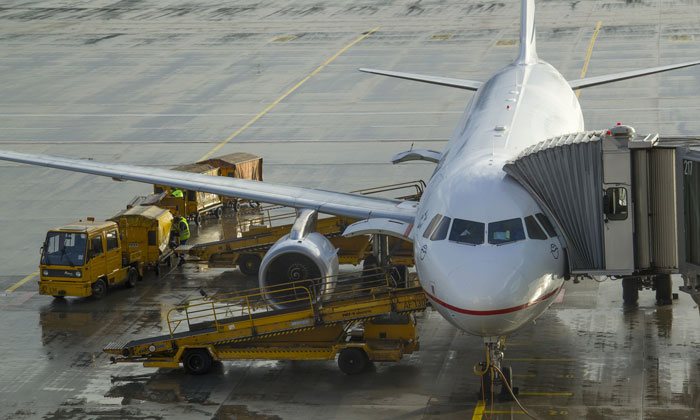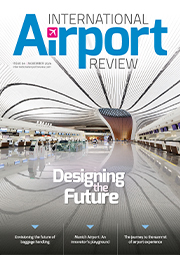Moving towards timely and successful airport A-CDM 2.0 implementation
- Like
- Digg
- Del
- Tumblr
- VKontakte
- Buffer
- Love This
- Odnoklassniki
- Meneame
- Blogger
- Amazon
- Yahoo Mail
- Gmail
- AOL
- Newsvine
- HackerNews
- Evernote
- MySpace
- Mail.ru
- Viadeo
- Line
- Comments
- Yummly
- SMS
- Viber
- Telegram
- Subscribe
- Skype
- Facebook Messenger
- Kakao
- LiveJournal
- Yammer
- Edgar
- Fintel
- Mix
- Instapaper
- Copy Link
Posted: 29 August 2017 | Velis Eleftheriou | 1 comment
Velis Eleftheriou – an independent A-CDM and TAM consultant – writes that the time has come to extend A-CDM into passenger terminals and to link this essential concept with the equally important concept of passenger experience.


A-CDM focuses on aircraft turn-round and pre-departure sequencing processes
A-CDM proven benefits
Airport Collaborative Decision Making (A-CDM) has been implemented in more than 20 airports in Europe and in a handful of airports worldwide including Auckland and Singapore Changi. Implementation projects are currently underway in several airports both in Europe and beyond. Moreover, there have been some launches of national A-CDM harmonisation activities, for example in Germany and the United Arab Emirates.
Airport Collaborative Decision Making (A-CDM) has been implemented in more than 20 airports in Europe and in a handful of airports worldwide
The significant benefits of A-CDM for all airport partners have been proven in every airport at which the concept has been implemented. Furthermore, there are even greater benefits to be gained when more airports are linked to the national or regional air traffic management (ATM) network. In Europe, for example, a recent comprehensive study sponsored by EUROCONTROL demonstrated the benefits for the European ATM Network.
From the initial publication of the 2006 European A-CDM Implementation Manual, the concept had two specific targets: 1. To increase the predictability of aerodrome (airside) operations, which results in operational efficiency enhancements (with associated financial and environmental benefits) 2. To provide reliable estimates for the time a flight will take-off and enter the (often congested) ATM network, by monitoring the progress of the turn-around activities and identifying deviations from the schedule. What happens to an aircraft on the ground between the time at which it exits the ATM network (when landing) to the time it re-enters (when departing) used to be a ‘big unknown’. However, A-CDM filled this gap by providing the required transparency and missing predictability at the nodes of the network (i.e. the airports), enabling more efficient network management. Implementation results during the past decade have proven that A-CDM is essential to all medium and large airports worldwide that are looking to ‘sweat their assets’.
The rest of this content is restricted - login or subscribe free to access


Why subscribe? Join our growing community of thousands of industry professionals and gain access to:
- bi-monthly issues in print and/or digital format
- case studies, whitepapers, webinars and industry-leading content
- breaking news and features
- our extensive online archive of thousands of articles and years of past issues
- ...And it's all free!
Click here to Subscribe today Login here
Issue
Related topics
Air traffic control/management (ATC/ATM), Airport Collaborative Decision Making (A-CDM)



















Great to see the developments & improvements in A-CDM 2.0. There was however, no linkage to 1) Real time cargo tracking or 2) Improving or customizing the cargo customer experience or any other reference to cargo flows to the ramp from the cargo terminals. Cargo is a contributor to airport profits, are there any plans to address cargo matters in the new A-CDM – 02? This will help in taking on the challenges posed by the eTailers to meet the demands of the Millennials and Screenagers. Thanks